Jaga Low H2o Radiators Bring Clunky Technology into the Future
As we struggle for ways to become more energy efficient, people are investigating practices from the past for clues to living more sustainably. A seemingly dying element of building temperature control is making its way back into the limelight. The beloved radiator, a technology based on thermal mass, is being revisited by modern engineers for its simplicity. Along with the benefits of thermal mass, radiators eliminate the need for bulky duct work, they are quiet, and there is less dust being pushed around.
Low H2o radiator. Designed by Jaga.
Of course there are downsides, which relate directly to thermal mass properties. Traditional radiators can weigh 80 pounds or more, and take large amounts of hot water to heat. Once they are heated up, it can take more than 20 minutes to cool down again. In the dynamic environment of a home, where appliances produce heat, or windows allow for thermal gain from the sun, it is important that the heating system be easily adjustable.
The Belgian company Jaga has come up with a solution to this issue of thermal lag. Jaga’s Low H2o radiator holds less water and has more surface area, which allows for less thermal inertia and a much faster reaction time. Jaga’s website states that the radiators can reduce carbon emissions by up to 220lbs per year. Compared with a previously reviewed product Ecorad radiators, which bank on thermal mass and electric heat, it seems that Jaga’s technology is a more modern approach. Aesthetically, the Ecorad radiators are traditionally elegant, while the Jaga radiators are just dead sexy. True to Belgian design, they are sleek and modern. Some designs sit subtly on the wall, while others are pieces of modern art to be placed on display.
via treehugger
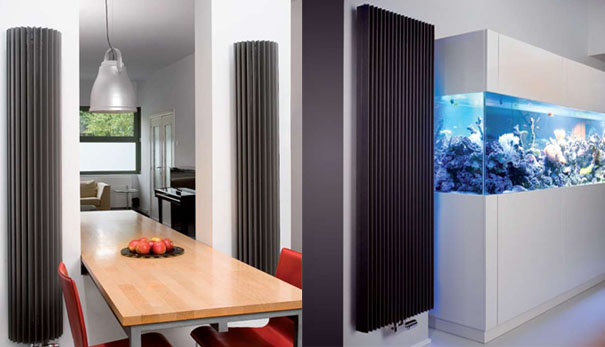
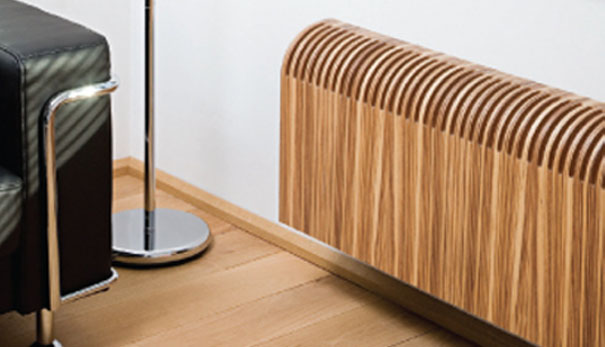
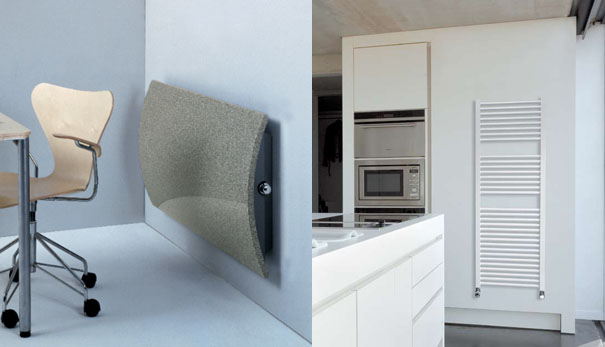
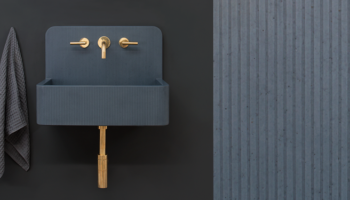

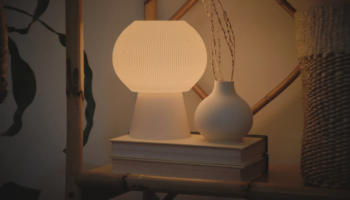

Leave a Reply